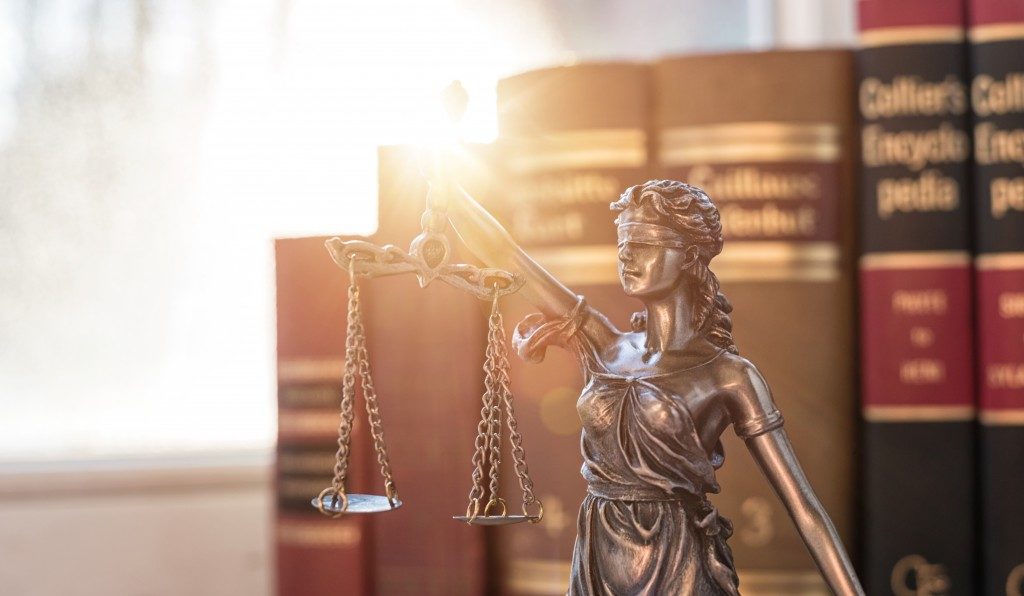 A person living in Arizona can be part of the court system in different ways. They can become a witness, respondent, defendant, or juror. Either way, appearing before a judge can be intimidating and frightening unless the individual has a more comprehensive idea of how the state’s legal justice system works. The learning experience can begin with these questions:
A person living in Arizona can be part of the court system in different ways. They can become a witness, respondent, defendant, or juror. Either way, appearing before a judge can be intimidating and frightening unless the individual has a more comprehensive idea of how the state’s legal justice system works. The learning experience can begin with these questions:
Why Does It Take So Long to Get to Trial?
It’s a combination of many different factors. One is the number of cases the court has to try. The higher the number, the more likely it will take longer before the defendant can appear in court. It can take as long as six months (or longer).
Another reason is the discovery phase, which is an essential pre-trial process. During this period, both sides will conduct further investigation or gather evidence, including witness accounts through deposition.
If the crime is complicated, such as there are many people involved, the deposition can take a while. To speed it up, many law firms now hire court reporters. Companies such as Phoenix Deposition Services can already provide them. They can ease the burden by being able to transcribe video depositions for people who live out of state or are traveling.
What Is the Difference between a Misdemeanor and a Felony?
 The chances of going to court, the possible punishment, and the plea bargain, among others, can depend on the degree or nature of the crime. It can fall into many categories, but two broad ones are misdemeanor and felony.
The chances of going to court, the possible punishment, and the plea bargain, among others, can depend on the degree or nature of the crime. It can fall into many categories, but two broad ones are misdemeanor and felony.
In Arizona, a person charged with a misdemeanor can spend up to six months in jail. They don’t go to high-security or state prison. A felony charge has a more severe penalty depending on the class. A class 1 felony can mean spending 25 years to life behind bars. For first-degree murder, it can even be capital punishment or death.
It doesn’t mean, though, that a felony charge cannot become a misdemeanor or vice versa. It’s also possible for a class 1 felony to be downgraded to lower classes. Both parties, as well as the court, will determine the merits of the case.
What’s the Jury Selection Process?
The jury selection process in Arizona and elsewhere is random. A computer system pulls out names from a list of registered voters and records from the Department of Transportation. The Jury Office then sends out summons to these people, telling them to appear in court.
The right to due process and to appear before a jury is under the constitution. A person chosen to serve cannot say no unless they are not eligible, to begin with. They may be below 18 years old, not a U.S. citizen, or lacking civil rights. The last one can be due to a prior felony conviction. A person with a disability might also not become part of the jury.
Not everyone selected to be part of the jury may make it to the trial. It’s essential that everyone is impartial and capable of doing the responsibility. Both the attorneys and the judge will perform a procedure called voir dire, where they ask questions to measure the competency of the jurors. The attorneys can also challenge the selection by striking the jury.
The state’s legal system can be complicated, and a person can get lost or feel overwhelmed by it. Some knowledge can help people make smart decisions or fulfill their civil obligations adequately.
